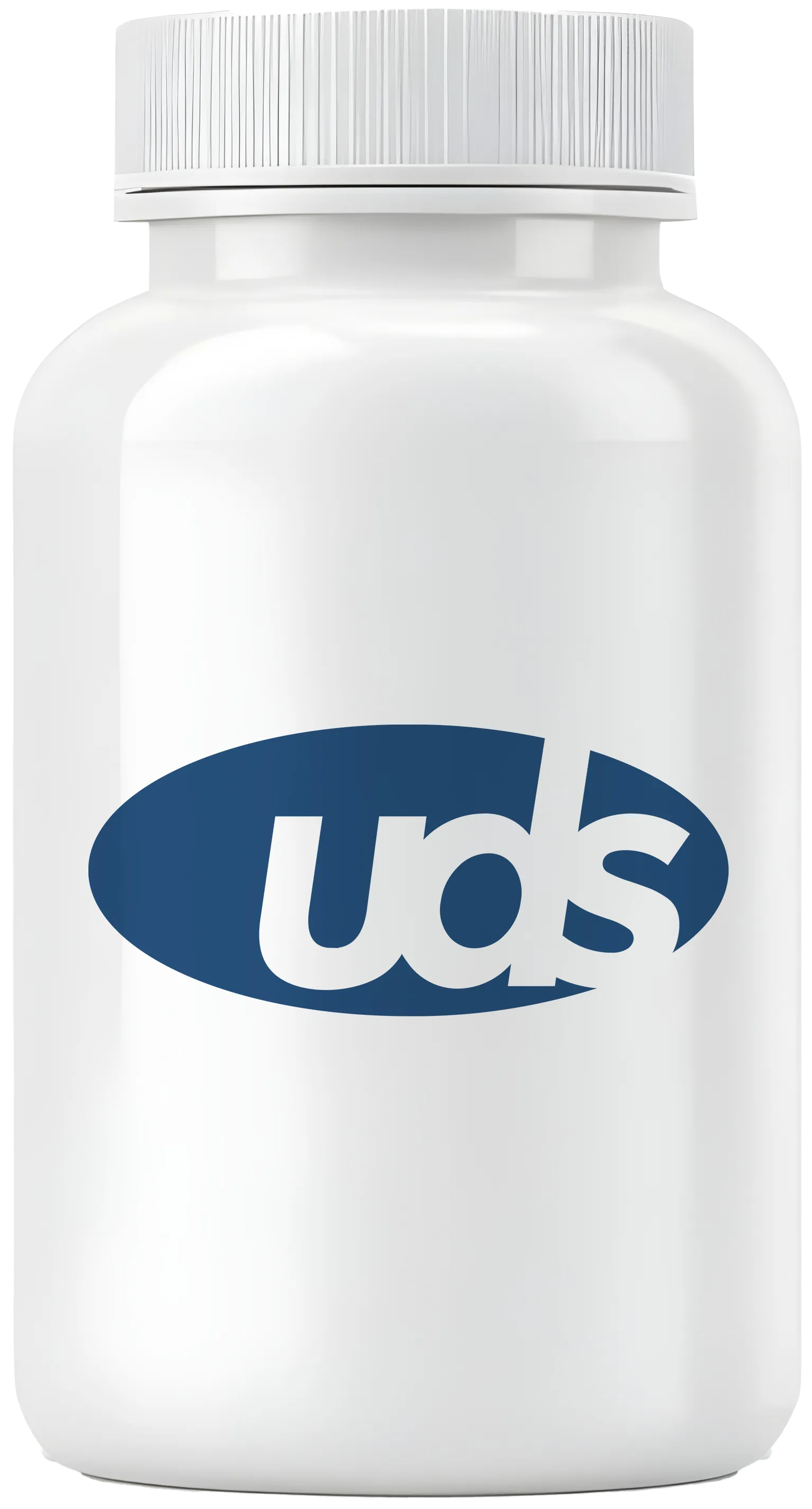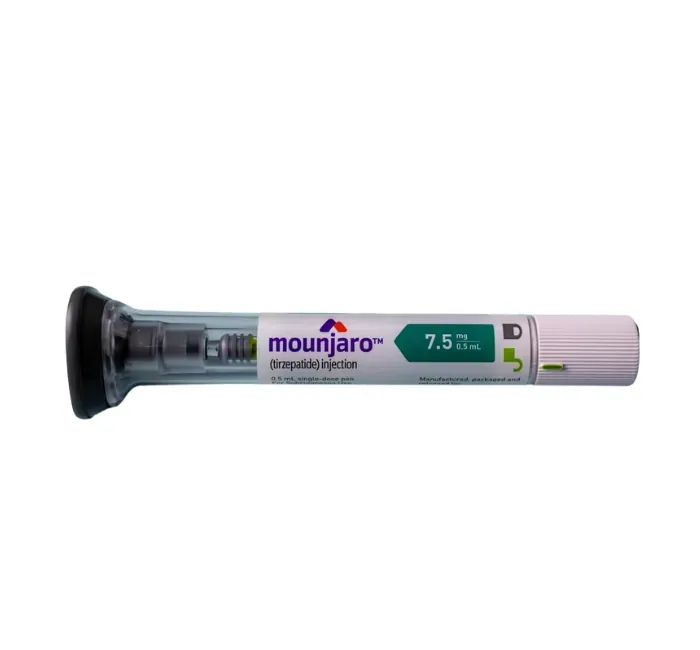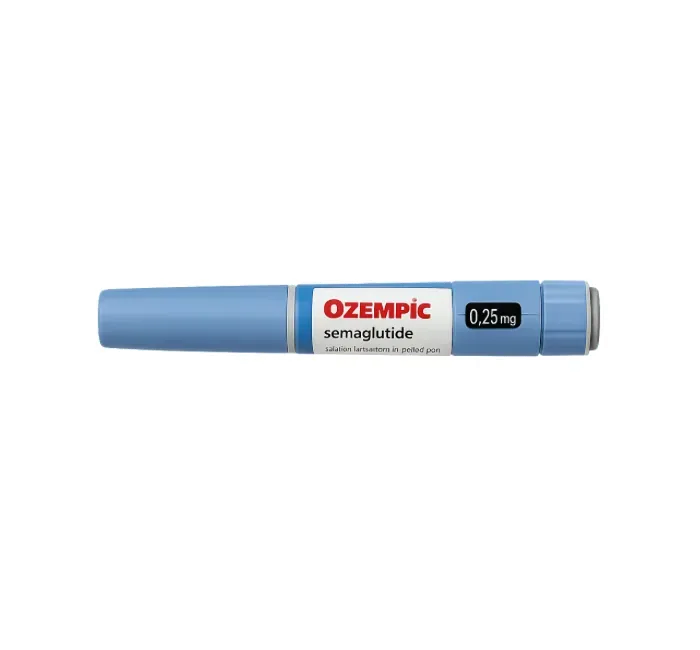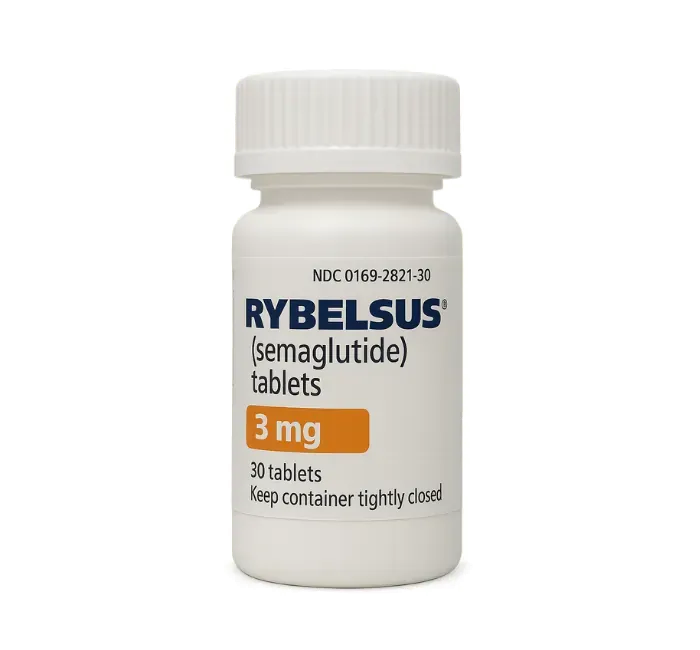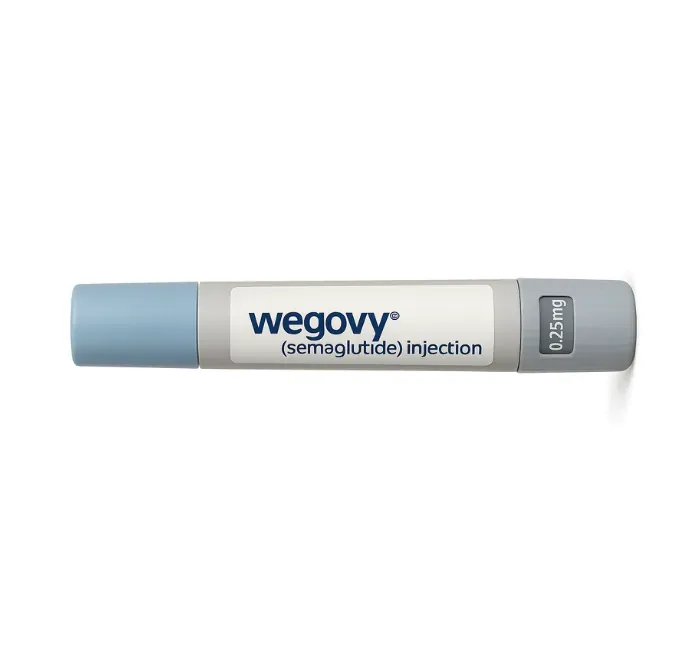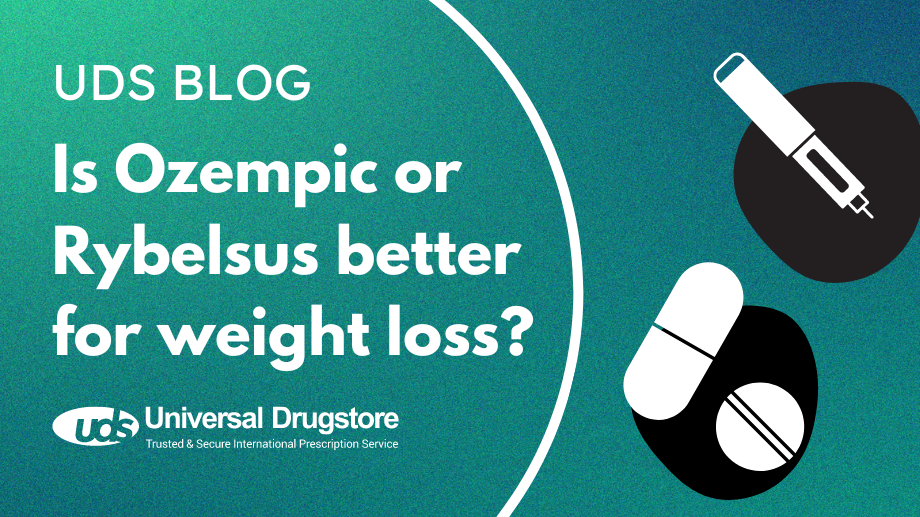Is Rybelsus the same as Ozempic?
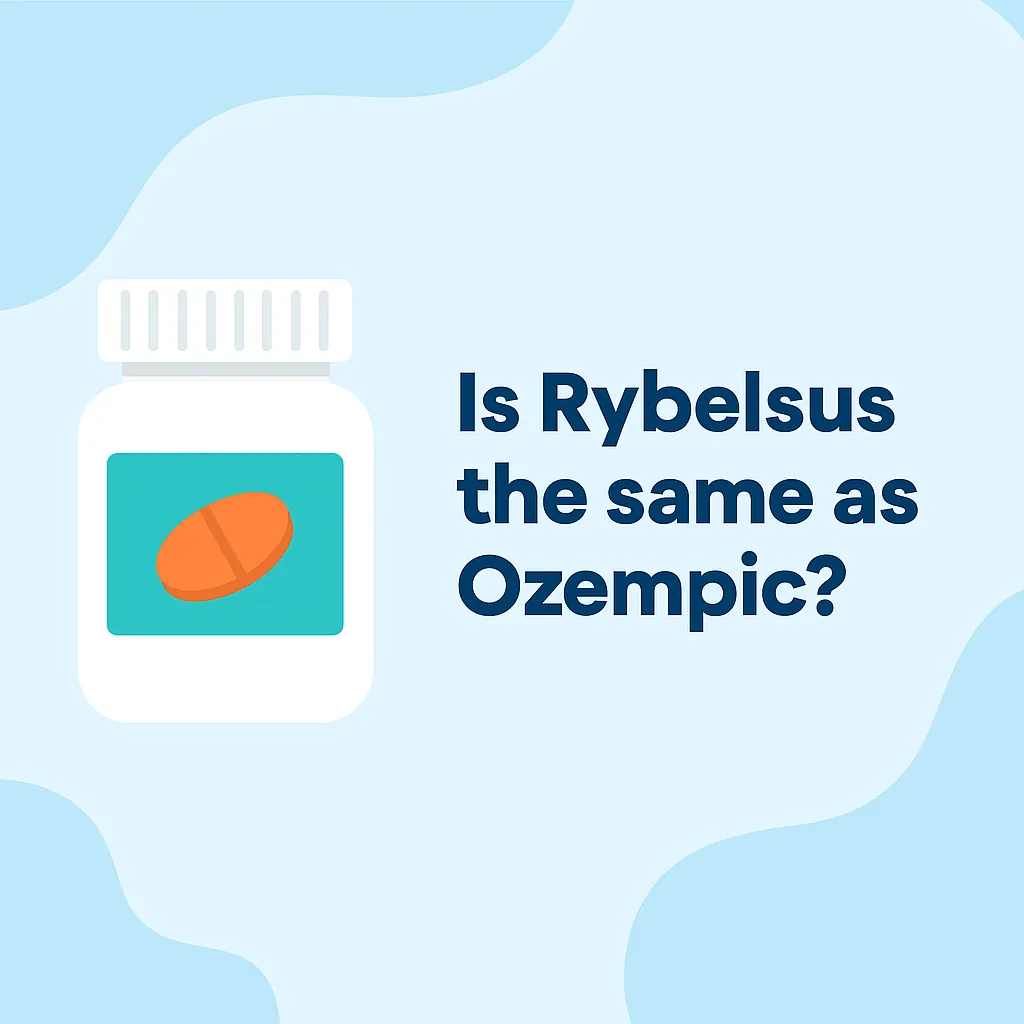
Type 2 diabetes (T2DM) is a common medical condition where you have consistently high blood sugar levels. Lifestyle changes such as a healthy diet and exercise can sometimes be enough to improve your glycemic control. Many times, though, medications are needed along with diet and exercise to help you reach your blood sugar goals. One treatment option your doctor can prescribe is semaglutide.
Ozempic is a semaglutide injection that was FDA-approved as a diabetes medication in 2017. Rybelsus, an oral tablet, was approved 2 years later. While they both contain the same active ingredient, there are some differences between these 2 medications. Keep reading as we discuss how Rybelsus and Ozempic differ and answer some frequently asked questions.
Rybelsus vs Ozempic
What is Ozempic?
Ozempic (semaglutide) is a once-weekly subcutaneous injection (under the skin) manufactured by Novo Nordisk. It is used along with diet and exercise to lower blood sugar levels in people with T2DM. It is also FDA-approved to decrease the risk of major cardiovascular events, including stroke and heart attack in people with T2DM and known heart disease. Ozempic has been used off-label as a weight loss medication to help treat obesity. It is not approved to treat type 1 diabetes (T1DM).
Ozempic is available as a prefilled injection pen in strengths of 2 mg/1.5 ml, 4 mg/3 ml, and 8 mg/3 ml.
What is Rybelsus?
Rybelsus is an oral medication manufactured by Novo Nordisk. It is approved by the U.S. Food and Drug Administration (FDA) along with a low-calorie diet and exercise to control blood glucose levels in adults with T2DM. It is also sometimes used off-label to help with weight management in obese people. Rybelsus is not approved to treat type 1 diabetes (T1DM).
Rybelsus is the only oral semaglutide medication available. It is a tablet that comes in strengths of 3 mg, 7 mg, and 14 mg.
How do Rybelsus and Ozempic work for T2DM?
Rybelsus and Ozempic are both glucagon-like peptide-1 or GLP-1 receptor agonists. They work by stimulating your pancreas to release insulin after you eat. Insulin helps your body absorb and use the sugar from your food. They also block the secretion of stored sugar from your liver. This helps type 2 diabetics improve their blood sugar control.
Rybelsus and Ozempic also slow down how fast food empties from your stomach. This can help you feel fuller faster, eat less, and lose weight. Semaglutide is available as an injection that is approved for weight loss under the brand name Wegovy.
How do you take Rybelsus and Ozempic?
The main difference in these 2 diabetes treatments is their dose and how they are taken.
Rybelsus
You should take Rybelsus on an empty stomach when you first wake up at least 30 minutes before your first food, drink, or other oral medications. You should swallow the tablet whole with a sip of water (no more than 4 ounces). Don’t crush, split, or chew the tablet.
The starting dose of Rybelsus is 3 mg once daily. It starts low and then increases to reduce your risk of side effects. After 30 days, your dose will be increased to 7 mg once daily. If the 7 mg dose is still not controlling your blood sugar levels, it can be increased again to 14 mg once daily after at least 30 days on this dose.
Ozempic
Ozempic is given as a once-weekly injection under the skin of your stomach, thigh, or upper arm. Like Rybelsus, the dose of Ozempic is started low and increased to help avoid possible side effects.
The typical starting dose of Ozempic is 0.25 mg once a week. After at least 4 weeks, the dose is usually increased to 0.5 mg once a week. Your healthcare provider can further increase the dose up to a maximum of 2 mg once a week if needed.
What are the most common side effects of Rybelsus and Ozempic?
Since they contain the same active ingredient, semaglutide, these two medications have many of the same side effects.
Shop Medications
Some of the most common side effects of Rybelsus and Ozempic seen in clinical trials include:
- Nausea
- Vomiting
- Diarrhea
- Abdominal pain
- Constipation
- Decreased appetite
In addition to these side effects, Ozempic may also cause injection site reactions. It is important to rotate where you give each injection of Ozempic to help minimize this risk.
What are the serious side effects of Rybelsus and Ozempic?
Rarely, both medications can cause some serious side effects such as:
- Allergic reactions (hives, swelling of the face, tongue, and throat, and trouble breathing)
- Increased risk of thyroid cancer including medullary thyroid carcinoma (MTC)
- Increased risk of multiple endocrine neoplasia syndrome type 2 (MEN 2)
- Pancreatitis (inflammation of your pancreas)
- Diabetic retinopathy complications (vision changes)
- Hypoglycemia (low blood sugar levels), primarily if used with an insulin secretagogue or insulin
- Kidney problems
- Gallbladder disease and gallstones
These are not all the possible adverse effects of Rybelsus and Ozempic. You should always seek medical advice from your healthcare professional for any questions or concerns about your medical condition or treatment. You should also read all the prescribing information and patient information, including your medication guide that comes with these medications. You can report adverse reactions to the FDA at 1-800-FDA-1088 or www.fda.gov/medwatch.
What drug interactions are there with Rybelsus and Ozempic?
When Rybelsus or Ozempic is taken with other drugs, it can change how they work or increase the risk or severity of some side effects. You should ask your healthcare provider if any of the prescription drugs, over-the-counter (OTC) medications, vitamins, or supplements you take may interact with these medications, including:
- Other diabetic medications such as insulin, sulfonylureas, and metformin
- Oral medications, since both medications slow down how fast your stomach empties and can change how well these drugs are absorbed
What warnings are there with Rybelsus and Ozempic?
Both medications carry a Boxed Warning concerning the risk of thyroid tumors. This type of tumor was found during animal studies, but it is not known if there is a risk for people taking these medications. Because there is a possibility it could occur, Rybelsus and Ozempic should not be taken if you have a personal or family history of thyroid cancer.
You should also be sure your provider is aware of any other medical condition you have before starting treatment, as you may need increased monitoring. This includes:
- Kidney problems
- History of pancreatitis
- History of diabetic retinopathy
- Are pregnant or plan to become pregnant as it is not known if this medication will harm your unborn baby. You should stop taking Ozempic or Rybelsus at least 2 months before you plan to become pregnant.
- Are breastfeeding or plan to breastfeed. Breastfeeding is not recommended while taking Rybelsus.
Is Rybelsus better than Ozempic for weight loss?
Both Rybelsus and Ozempic can help you lose weight when used with diet and exercise. So which one can help you lose more weight?
For Ozempic, in 2 clinical studies adults with T2DM lost on average:
- 8 lb for those taking 0.5 mg and 10 lb in people taking 1 mg
- 12 lb for those taking 1 mg and 14 lb for those taking 2 mg
For Rybelsus, those taking 14 mg lost an average of 8.4 lb after 26 weeks when it was added to metformin.
New studies looking at higher doses of oral semaglutide (50 mg) have shown that it is as effective as Wegovy (2.4 mg) at weight loss.
Related Medications
- Wegovy (semaglutide)
- Mounjaro (tirzepatide)
- Saxenda (liraglutide)
- Victoza (liraglutide)
- Trulicity (dulaglutide)
